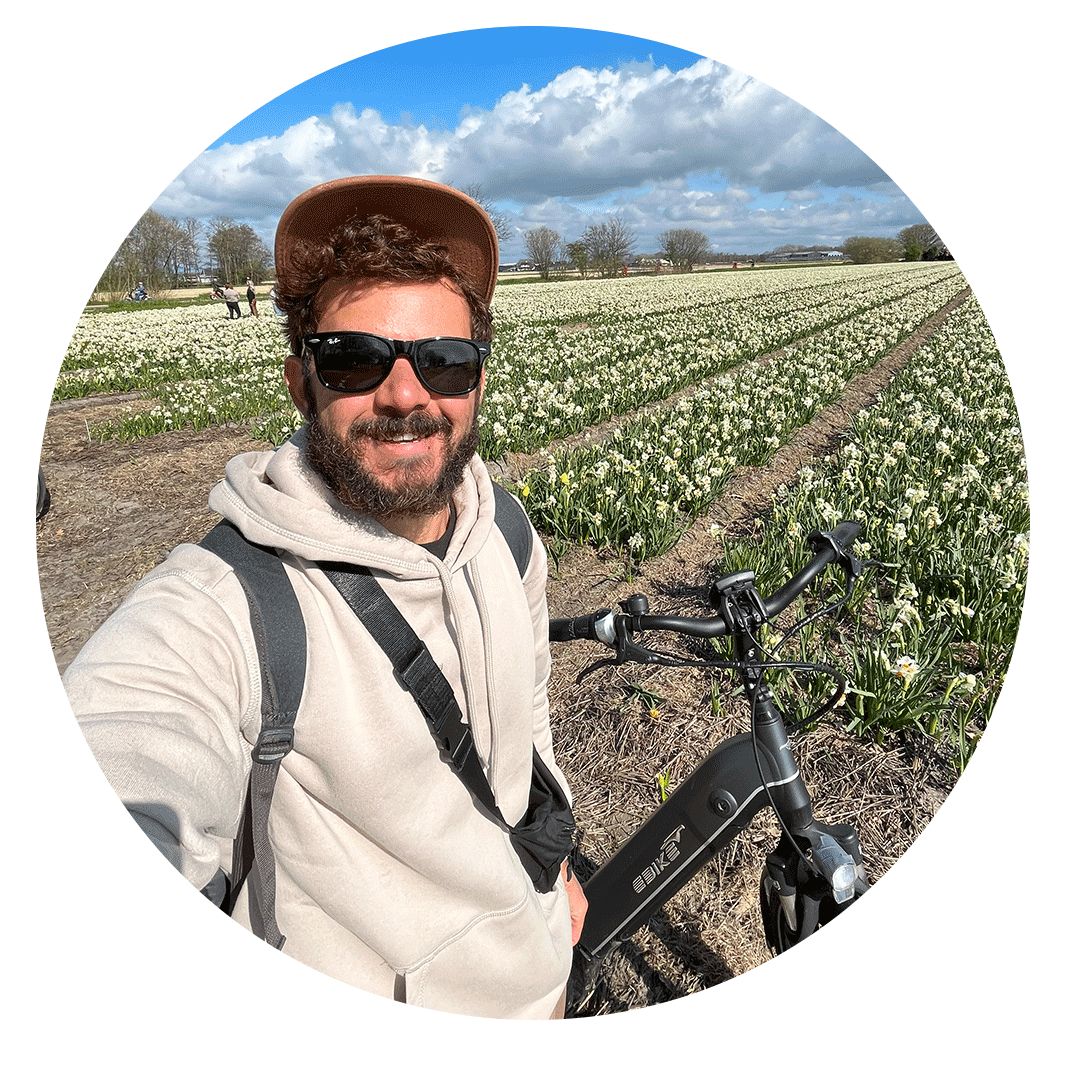A Guide to Must-Visit Cities
Belgium is a country filled with history, culture, and food that’s a heck of a lot better than anyone gives them credit for. But above all—and what interested me the most—was a series of smaller yet deeply creative and vibrant cities that aren’t typically on the radars of most travelers. What do they deliver? A mix of tradition with youthful and creative spirit plus gorgeous old architecture—and with far fewer tourists! Here’s my Belgian itinerary:
Dinant, Belgium
After three and a half hours reading on the train, I arrived in this lovely city. Dinant is known for a long and fascinating history, particular appearance (a city built up against a rock along a river), and exceptional natural beauty. Another fun fact: did you know that the saxophone was invented here? You’re welcome, John Coltrane! Here’s what I did in Dinant:
1. A citadel above the city
One of the most iconic structures in Dinant is its citadel, a fortress that stands on the crest of a large rock structure that buttresses the city. To get there, you have two options: walk a fairly steep 408 steps or hop on the cable car. I chose to go by foot on the way up (hoping to get a little outdoor activity!) and took the cable car on the way down to save time. From citadel’s perch, you can see a grand expanse of this majestic region.
2. Coffee and “Couque de Dinant’’
One of my great passions in life is luxuriating in local cafés and indulging in sweet treats. Dinant, is ideal if you’re like me. I found a café along the river and took a table near the window so I could watch small boats pass below. As an afternoon pick-me-up, I ordered strong cup of coffee and a traditional Dinant treat: the couque de Dinant. What’s a couque? I had the same question. In brief, it’s a cookie made of flour and honey, baked flat and decorated with beautiful scenes and buildings. Though it’s a bit hard to eat alone, it’s perfectly soft and rich if you dunk it in your hot coffee.
3. A cold Leffe at its place of birth
Did you know that for years, the beer Leffe was brewed in the Abbey of Leffe, right here in Dinant? Today, the best way to explore this effervescent history is to visit the Maison Leffe. Not only can you taste different kinds of this beer, but you can also touch and smell the ingredients that make it so special.

Leuven, Belgium
The train ride from Dinant to Leuven is short, just a few hours through lush, gorgeous nature. Leuven offers visitors a wonderful combination of centuries-old heritage, beer, education, and youthful spirit. KU Leuven, one of Belgium’s top universities is located here, and so there’s a vibrant community of eager students and progressive spirit. Here’s what I explored:
1. Unrivaled architecture
Leuven’s Gothic Town Hall is legendary. And I’m here to tell you that seeing it must be on your list if you’re curious about history and culture, even in the least. Its façade is an iconic example of human achievement. I was so impressed by the structure that I sat at a café nearby for forty-five minutes appreciating its splendor.
2. Sudsy, hoppy fun
If beer is your thing, Leuven is your place. My recommendation? Check out the brewery of Domus Brauhaus. For many years, it has been producing authentic—and delicious—beer. Today, it focuses on small-scale equipment and brewing methods that don’t require additives. At the time of my visit, four beers were in the works. During the tour, they showed me how their process is never forced or accelerated. They make sure the beer has the time to mature. After the tour, I could taste from a nice selection.
3. Castle appreciation
The Arenberg Castle dates back to the 16th century. A few hundred years later in the 1800s, it was renovated and can now be called a neo-gothic masterpiece. For generations, it was home to the Arenberg family. Today, it’s part of KU Leuven University (the same institution I mentioned above). Even though the inside of the castle is reserved for students and faculty, I admired its beautiful exterior from the park right next to it.

As I look back on my journey and the incredible experiences it offered, there are a few moments that truly shine. Here they are, along with some valuable tips for future travelers who wish to embark on a similar adventure:
- It was amazing to delve into the history of beer in Belgium and also learn about the brewing processes. The most interesting part was the tasting. Our guide helped us identify the elements used in beer production, deepening our understanding of different flavors and techniques employed. Don’t miss out on visiting the brewery’s restaurant and trying the dishes made with the beer produced on-site, it’s a whole new experience!
